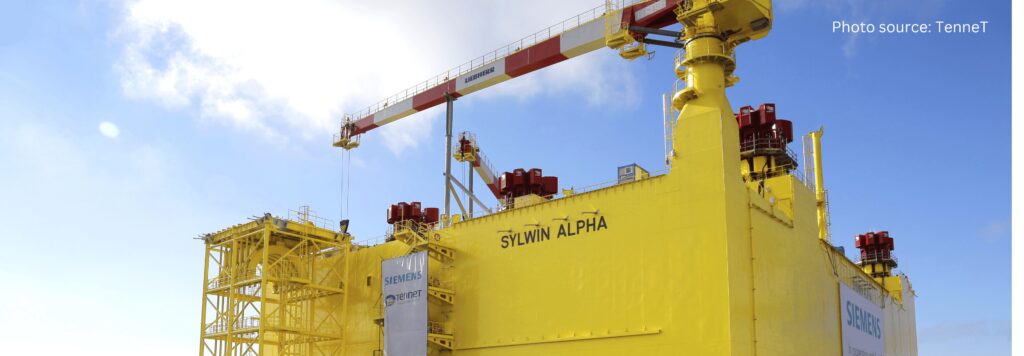General – Impressed Current Cathodic Protection
Eindhoven-based Conbit, a specialist in engineering and executing offshore solutions, has been awarded the contract for the supply and commissioning of an Impressed Current Cathodic Protection (ICCP) system at the SylWin alpha Offshore Converter Station, operated by TenneT .

This project forms part of the broader ICCP Retrofit initiative at SylWin alpha, aimed at ensuring long-term corrosion protection for critical offshore assets.
The scope of work for Lot 1 encompasses the design, delivery, and above-water installation of the ICCP system and all major construction components.
Conbit has partnered with Deepwater Europe to execute this project and supply its innovative RetroBuoy ICCP system. This cutting-edge solution is designed to provide reliable and long-lasting cathodic protection for the substation’s jacket structure, ensuring a target operational lifetime of at least 25 years for all components.
Conbit’s responsibilities also include training TenneT service group members on the system’s operation and interpretation, as well as ensuring the system meets certification requirements from Lloyd’s Register (LR) in compliance with BSH standards.
The new ICCP system will feature a human-readable interface for monitoring protection levels, which will range between -800 mV and -1100 mV, verified by reference anodes.
These advancements will play a critical role in maintaining the structural integrity of the SylWin alpha Converter Station.
Conbit’s Commercial Director, Bram van Oirschot, commented: “Conbit has established itself as a trusted partner for upgrading, maintaining, and modifying offshore wind assets, particularly substations. By integrating Deepwater Europe’s RetroBuoy system into our solution, we are ensuring that TenneT benefits from proven, innovative technology. This project underscores our commitment to enhancing current offshore wind facilities and addressing market trends in upgrading aging offshore infrastructure.”
